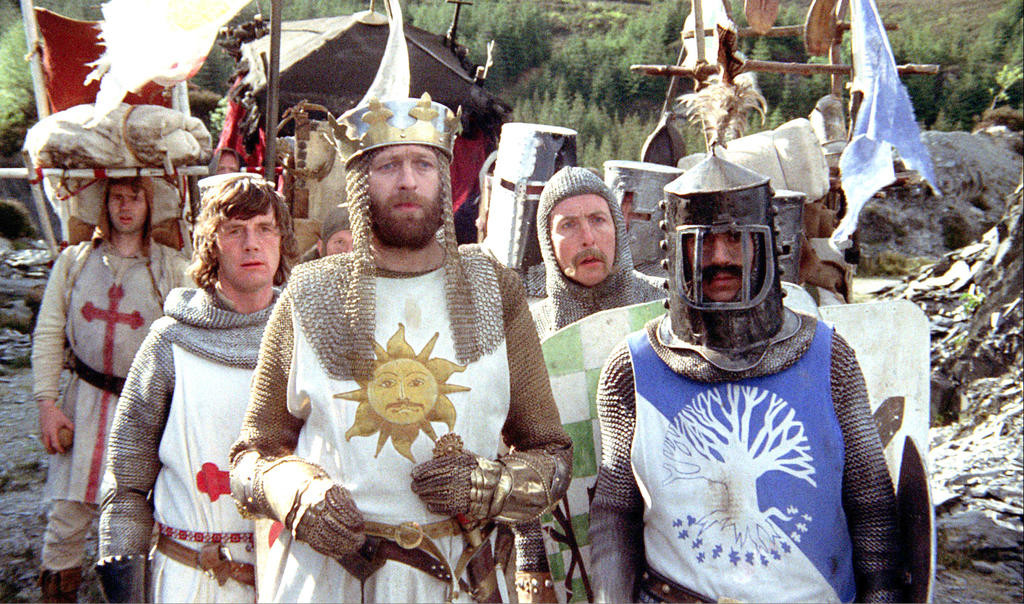Gender, Touch, and Myth
It’s interesting how although touch was, and still is sometimes, seen as a “female sense,” it is also used in a religious context to “provide an infusion of divine virtue” (130) and to be closer to God. Especially considering that Christianity has been a male-dominated religion, it seems contradictory that touch is seen as both feminine and an authentic way to connect with God, a practice that historically prioritizes men over women. This stood out to me as I was reading Constance Classen’s The Deepest Sense, most likely because of her focus on Medieval European culture and religion. Can only women engage in the connecting sense of touch? Certainly, this isn’t practically true, but in terms of a conceptual patriarchy, I think women and touch are associated in order to exaggerate a separation between them and the wholly different intellectual men. Again, the prioritizing of reason, sight, literacy are Western norms, and not necessarily the standard in other cultures and religions.
 |
| "Monty Python and the Holy Grail" | Credit: Daily Sentinel |
Classen’s discussion of the significance of material and tactile qualities in Medieval Europe reminded me of a podcast episode that I listened to recently, about how most of what we believe about Medieval torture devices is not completely accurate, mainly that many of these devices were actually invented much later, like in the 1800s. It seems like there’s often a disconnect between what we believe about history and the people who lived then and what we know based on historical evidence. I’m not trying to prioritize facts and reason over beliefs and feelings; I think a combination of both can be helpful in more authentically describing experiences (historical or otherwise). I feel like Classen’s book is important, in that it brings together touch, history, and religion.


Comments
Post a Comment